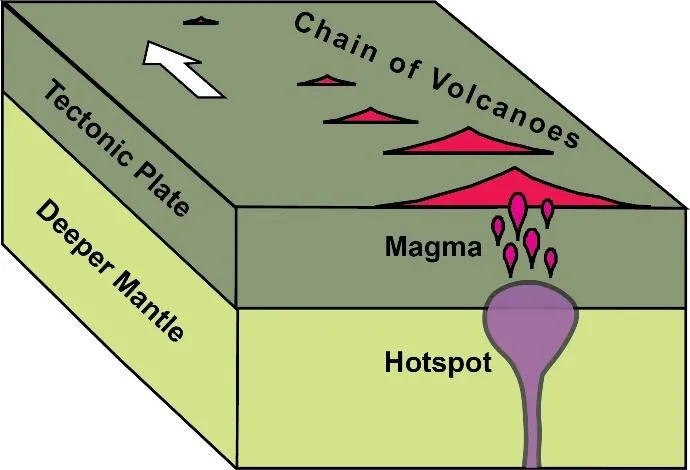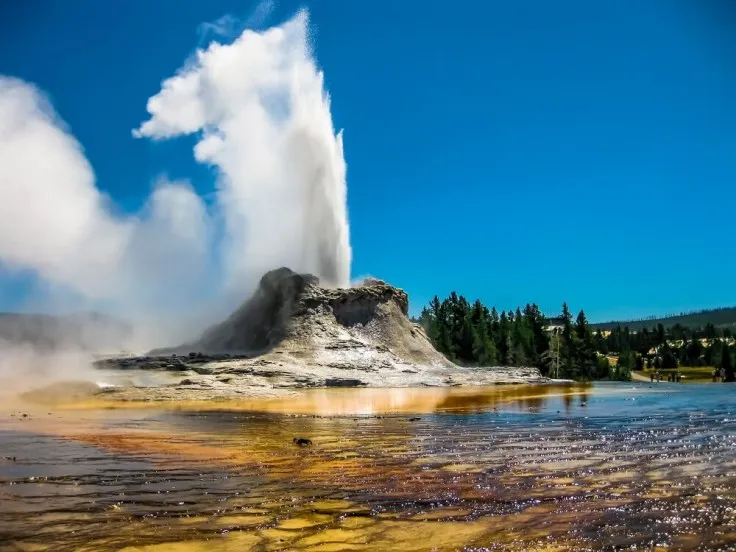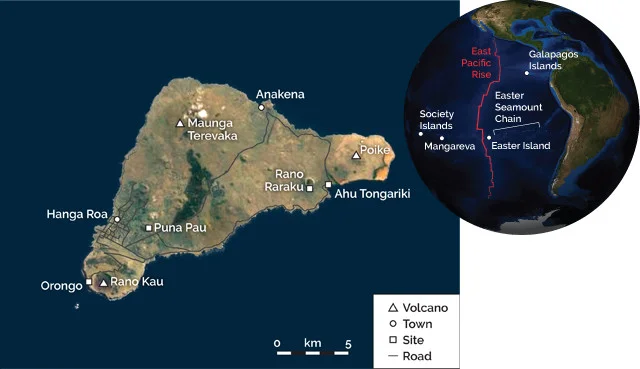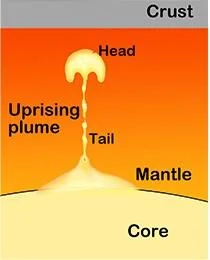Introduction – Exploring Earth’s Hotspots and the Mystery of Mantle Plumes
Beneath the Earth’s surface, there are fascinating things going on. One of these interesting things is called a “hotspot.” It’s powered by something special called “mantle plumes.” These mantle plumes come from deep inside the Earth and affect the way our planet’s surface changes. Scientists have been curious about these hotspots for a long time.
Hotspots: An Enigmatic Source of Heat
- Definition: Hotspots are enigmatic geothermal anomalies that are stationary, persistent sources of heat that give rise to volcanoes and, sometimes, volcanic island chains.
- A hotspot is an area on Earth where magma is hotter than the surrounding magma, causing melting and thinning of the crust and volcanic activity on the surface.
- Hotspots are not linked to plate boundaries and are fed by underlying mantle plumes that rise from the core-mantle boundary.
- As the plates move over these locations, they create a chain of volcanoes on the surface.
- Example: The most famous illustrative example is the Hawaiian Islands, created by the Hawaiian hotspot.
Theories of Hotspot Formation: Mantle Plumes and Plate Weakness
There are two main hypotheses that attempt to explain their origins:
- The Mantle-Plume Theory: This theory suggests that hot spots are created by the presence of a fixed column of upwelling molten rock (a “plume”) originating from the Earth’s mantle, specifically the asthenosphere.
- As tectonic plates move over this fixed plume, magma rises through the Earth’s crust, creating volcanic activity.
- The plume can also melt or weaken the tectonic plate above, resulting in thinner crust in the hot spot region.
- Volcanic activity at hot spots is thought to be a result of the interaction between the moving tectonic plate and the stationary mantle plume.
- The plume theory suggests that the hot spot remains relatively fixed while tectonic plates move over it, creating a chain of volcanic islands or features as the plate moves.
- The Plate Weakness Theory (Foulger’s Theory): Proposed by G. Foulger in 2003, this theory suggests that hot spots are not solely related to fixed mantle plumes but can also be explained by weaknesses within the tectonic plates themselves.
- According to this theory, tectonic plates have “scars” or weak areas caused by past collisions, divergence, or other geological processes.
- When parts of the Earth’s crust with these pre-existing weaknesses pass over regions where subducted material is present and can melt under lower pressure conditions, volcanic activity can occur.
- This theory suggests that hot spots can form when vulnerable sections of tectonic plates interact with subducted material, leading to volcanic eruptions and the creation of hot spot features.
Landforms Associated with Hotspots
- Volcanic Islands: These often create chains of volcanic islands as tectonic plates move over the stationary mantle plume.
-
- These islands can have diverse forms, such as shield volcanoes, stratovolcanoes, and cinder cone volcanoes.
-
- Examples include the Hawaiian Islands, the Galápagos Islands, and the Canary Islands.
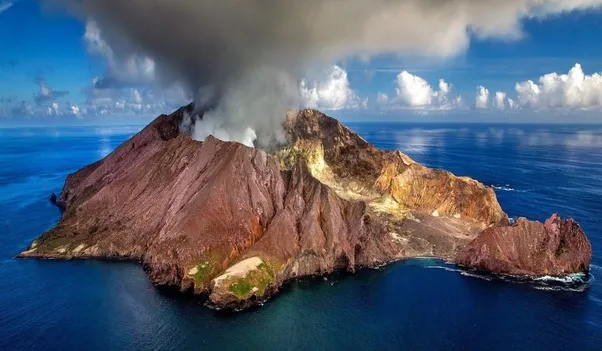
- Seamounts: Submerged volcanic peaks formed by hotspots are known as seamounts.
-
- As volcanoes grow and become submerged due to plate motion, they may continue to erupt and build seamounts on the ocean floor.
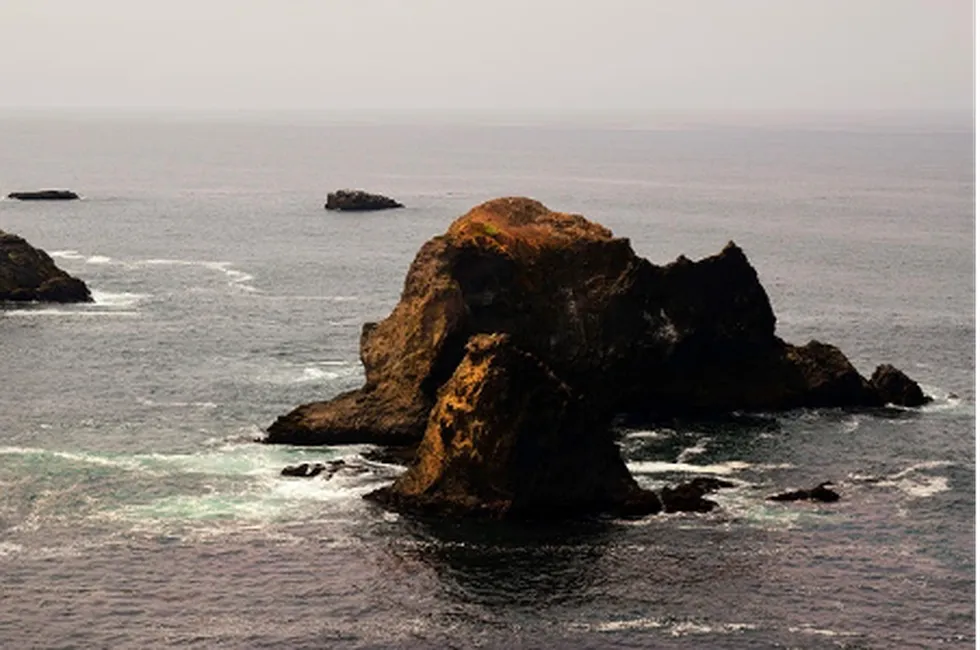
- Large Igneous Provinces (LIPs): Some hotspots create extensive regions of massive volcanic eruptions, resulting in large igneous provinces.
-
- LIPs are characterized by extensive layers of basaltic or other volcanic rock.
-
- The Deccan Traps in India and the Columbia River Basalt Group in the Pacific Northwest of the US are examples of LIPs.
- Rift Zones: Hotspots can create rift zones, which are areas of volcanic activity and tectonic extension.
-
- These zones can lead to the formation of long fissures, extensive lava flows, and sometimes even new ocean basins.
-
- The East African Rift, which is associated with a hotspot, is an example of a rift zone.
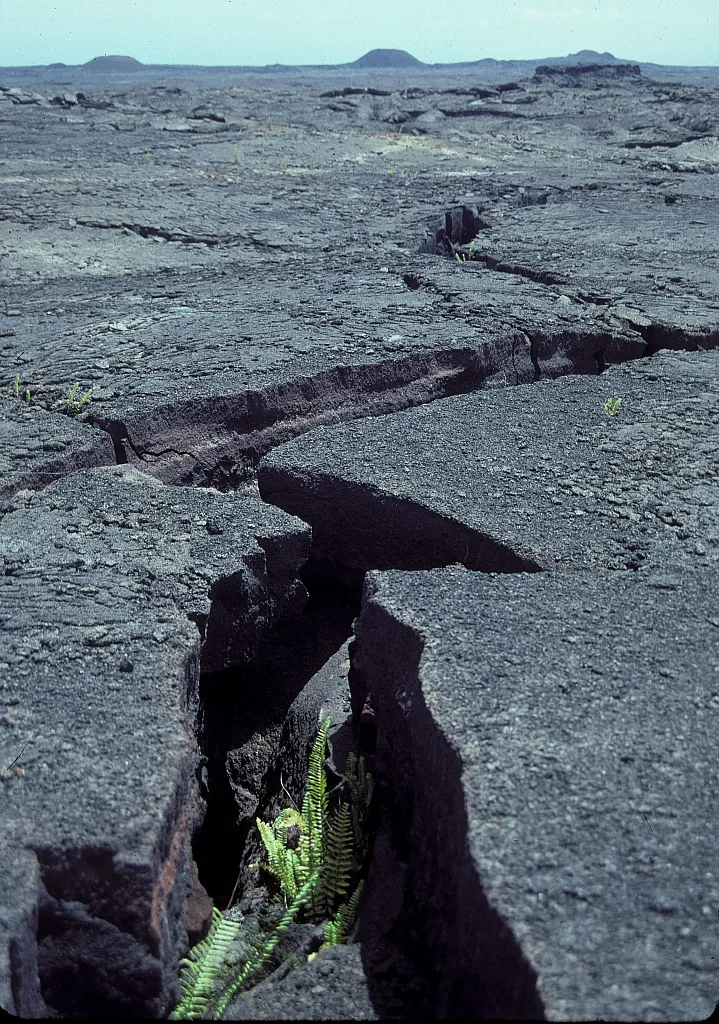
- Geothermal Features: Many hotspots are associated with geothermal activity, including hot springs, geysers, and fumaroles.
-
- For example, Yellowstone National Park in the US is known for its geothermal features, and they are linked to the Yellowstone hotspot.
Distribution of the Hotspots across the World
- Hawaiian Hotspot: It is responsible for the creation of the Hawaiian Islands.
- As the Pacific Plate moves over the hotspot, a chain of volcanic islands and seamounts has formed, with the Big Island of Hawaii being the most recent and active part of the chain.
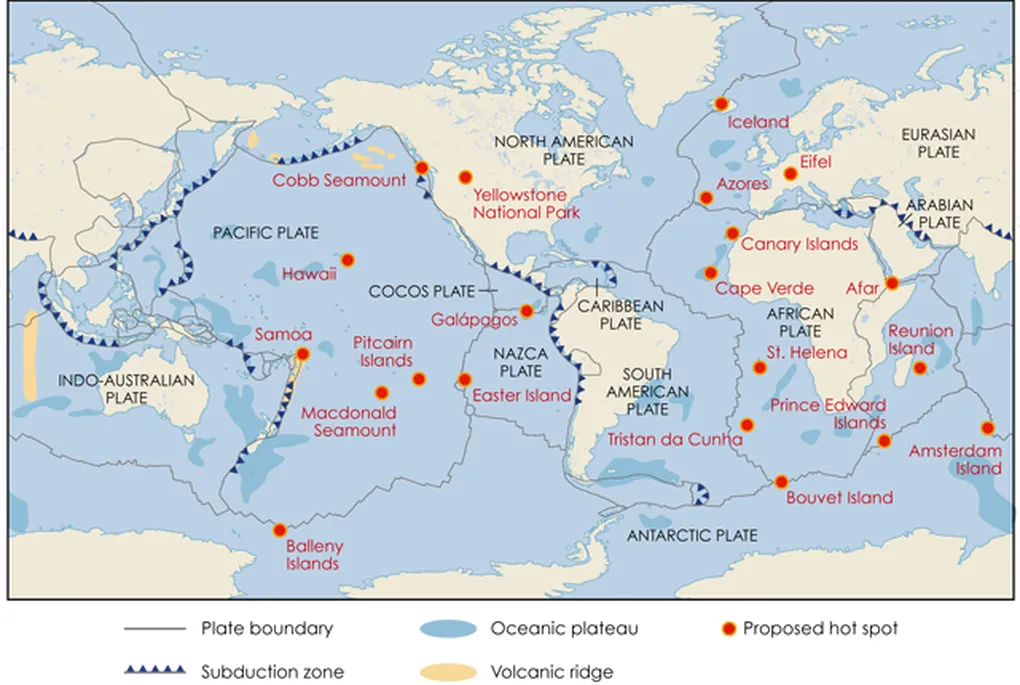
- Icelandic Hotspot: The Icelandic hotspot is responsible for the volcanism and geothermal activity in Iceland.
- It has created a variety of volcanic features, including shield volcanoes, rift zones, and geysers.
- Iceland is located on the Mid-Atlantic Ridge, where the North American and Eurasian plates are spreading apart.
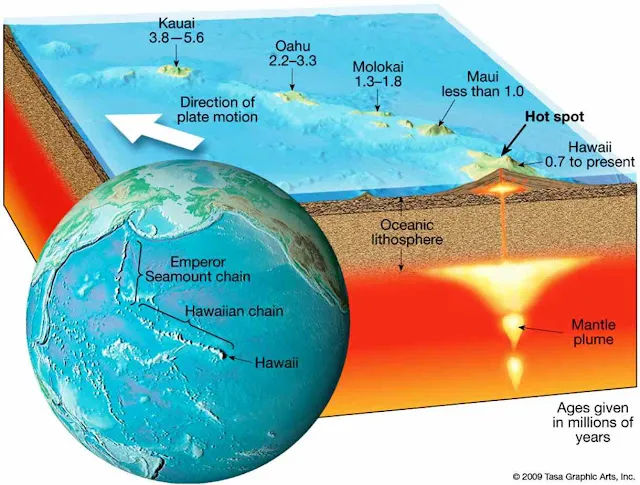
- Galápagos Hotspot: The Galápagos hotspot is responsible for the formation of the Galápagos Islands in the eastern Pacific Ocean.
- These islands are known for their unique and diverse ecosystems, and their volcanic origins are a result of the hotspot’s activity.
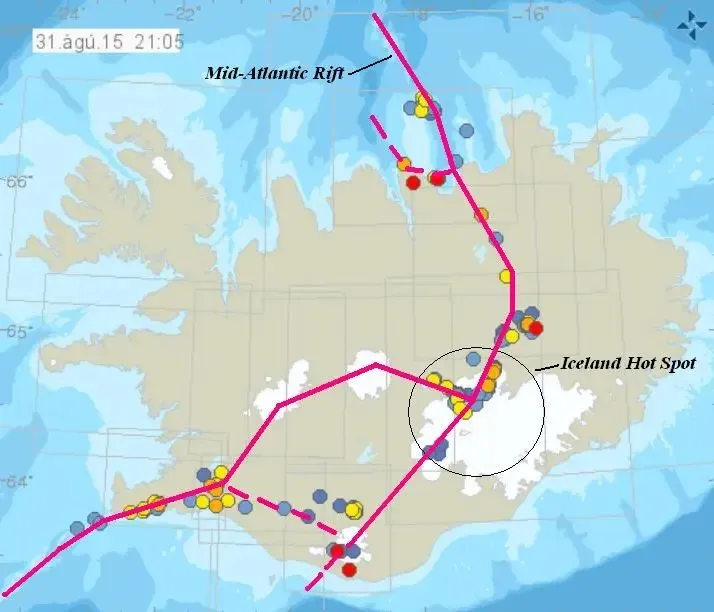
- Reunion Hotspot: The Reunion hotspot is located in the Indian Ocean and is responsible for the formation of the volcanic island of Réunion.
- It has also created an undersea mountain known as the Mascarene Plateau.
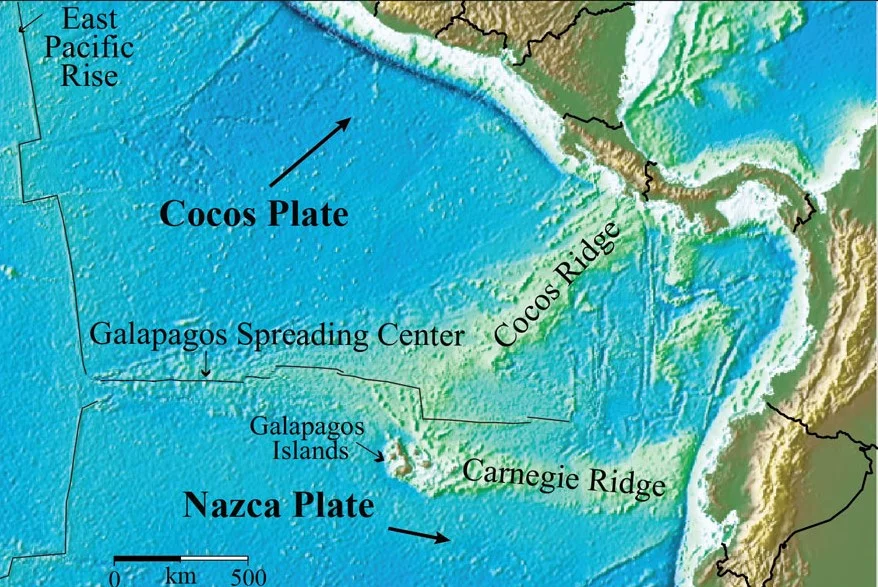
- Tahiti Hotspot: This hotspot in the South Pacific is responsible for the formation of the Society Islands, including Tahiti.
- The islands are volcanic in origin and are known for their scenic beauty.
- Canary Islands Hotspot: The Canary Islands, located off the northwest coast of Africa, are formed by a hotspot associated with the African Plate.
- This hotspot has created a chain of volcanic islands, with Tenerife being the largest and most well-known.
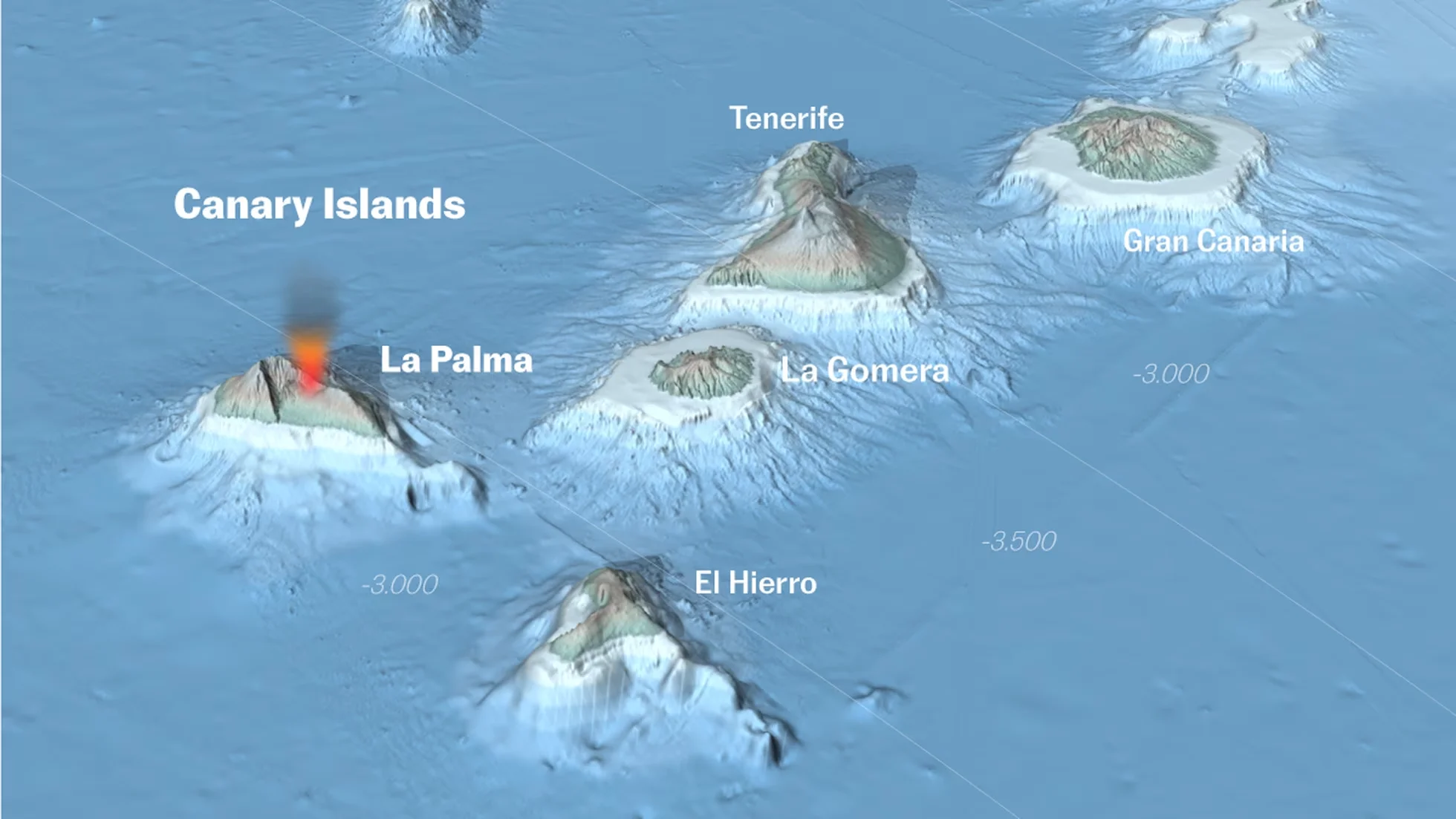
- Easter Island Hotspot: Easter Island, also known as Rapa Nui, is located in the southeastern Pacific Ocean and is believed to be the result of a hotspot.
- The island is famous for its mysterious giant stone statues called Moai.
Mantle Plumes: Earth’s Molten Upwelling Phenomenon
- A mantle plume is a column of hot, upwelling rock within the Earth’s mantle.
- They originate near the boundary between the Earth’s mantle and its core.
- They are associated with the movement of tectonic plates.
Understanding the Formation of Mantle Plumes: Origins, Heat Sources, and Plume Development
- Heat Source: They are thought to originate deep within the Earth’s mantle, where there is an abnormally high amount of heat.
- This heat may come from various sources, including the residual heat from the planet’s formation and radioactive decay of isotopes within the mantle.
- Hot, Buoyant Material: As a result of the heat, some areas of the mantle become anomalously hot and less dense than their surroundings.
- This hot, buoyant material begins to rise through the surrounding, cooler mantle.
- Melting and Partial Melting: As the hot material rises, it may encounter areas where the pressure and temperature conditions allow for partial melting.
- This partially molten material consists of molten rock (magma) and solid rock.
- The magma is less dense than the surrounding solid rock, so it continues to rise.
- Formation of a Plume: The buoyant magma, along with the solid material, forms a vertical column or plume that ascends toward the Earth’s surface.
- The plume is essentially a narrow, cylindrical upwelling of hot material.
Significance of Mantle Plumes in Plate Tectonics
- Formation of Volcanic Hotspots: They are responsible for the formation of volcanic hotspots.
- These are areas where magma from deep within the mantle rises to the surface, creating a persistent source of volcanic activity.
- As tectonic plates move over these hotspots, they leave a trail of volcanic islands or seamounts, forming chains such as the Hawaiian Islands.
- Rift Formation: They are thought to contribute to continental rifting and the breakup of continents.
- When a mantle plume rises beneath a continent, it can lead to the upwelling of magma, causing the lithosphere to weaken and rift apart.
- This process can eventually result in the formation of new ocean basins.
- Formation of Flood Basalts: Large-scale volcanic eruptions known as flood basalts are often associated with mantle plumes.
- When a mantle plume head encounters the base of the lithosphere, it can cause widespread decompression melting, leading to the eruption of vast volumes of basaltic magma.
- Examples of flood basalts include the Deccan Traps in India and the Siberian Traps in Asia.
- Mountain Building: They can play a role in both mountain building and continental breakup.
- The upwelling of material from mantle plumes can exert pressure on the overlying lithosphere, leading to the formation of mountain ranges.
- Exchange of Material and Energy: They provide a mechanism for the exchange of material and energy between Earth’s interior and its surface.
- While the predominant driving force for plate tectonics is the convective flow in the upper mantle, the influence of mantle plumes can be punctuated and intermittent.
- Formation of Volcanic Chains: Mantle plumes produce time-progressive volcanic chains, where the age of volcanic activity becomes progressively younger as one moves away from the hotspot source.
| Mains PYQ:
Q. Define mantle plume and explain its role in plate tectonics. (UPSC CSE 2019) |
























